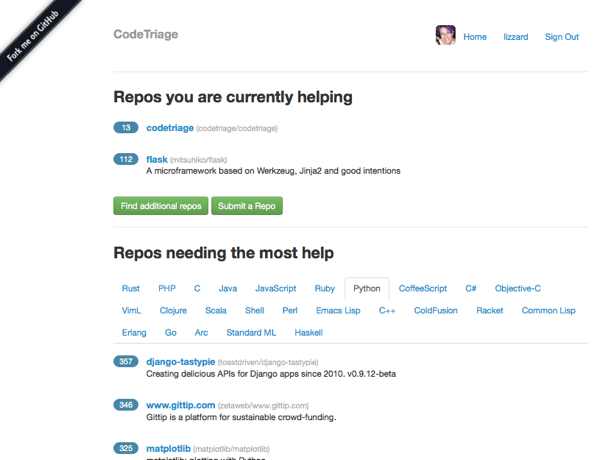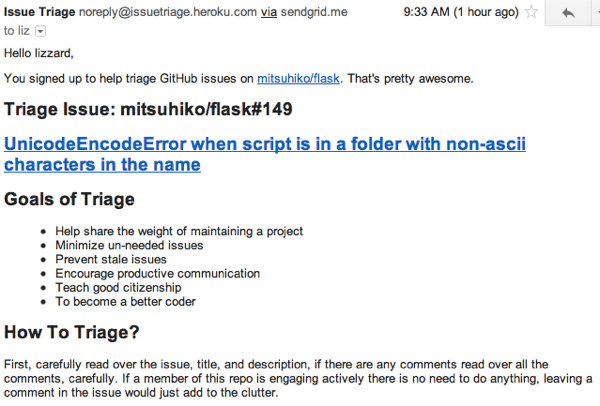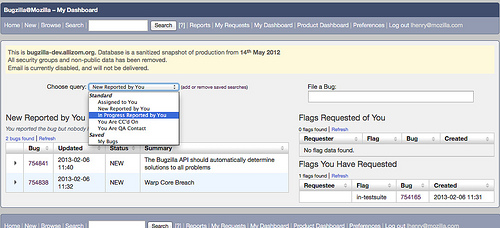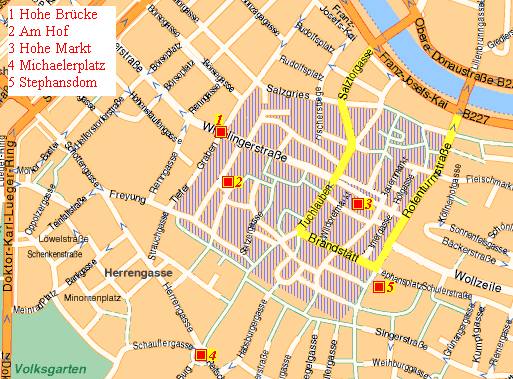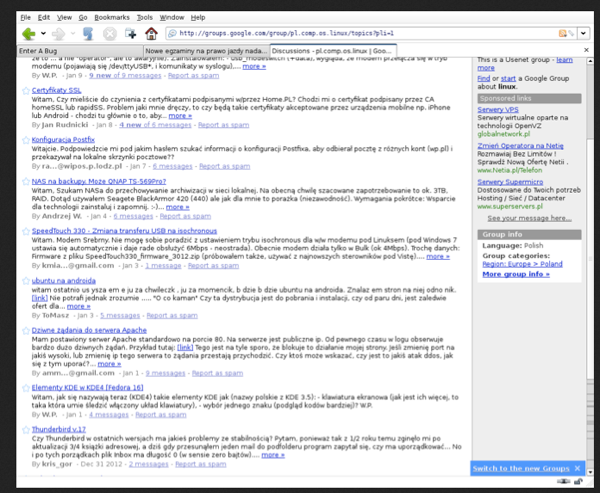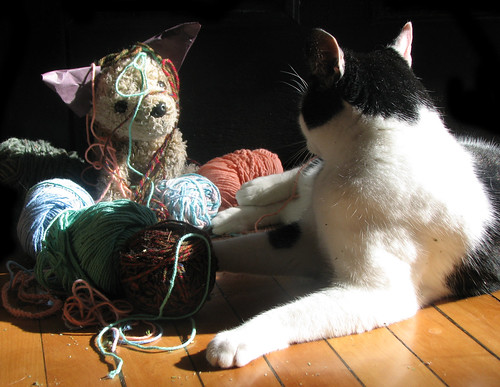What a gorgeous day! I could feel the vitamins shining into me! While it may be boring to read I would like to record how much I enjoyed the last two days back in SF and getting over my jet lag. I was in bed all weekend wondering if I had ruined myself forever and would never get to do anything nice again. Though it was so cosy to be home, to have Danny to talk everything over with, and to have Milo here and a cat to cuddle. Then . . . of course . . . by Tuesday and after a lot of sleep, everything was fine again. I feel lucky (and a little silly for panicking).
Yesterday Val came over and we worked from my house with several pots of tea and conversations in between our meetings and moments of fierce concentration. Yatima walked in around 4:30 to join us. It was like a fabulous dream come true to have my house full of feminist friends who can just drop in. At some point Val and I headed off to dinner at Balompie with Danny. Then to the Noisebridge meeting and elections. I shelved some books. Thus ends my dutiful stint on the Noisebridge board, where the main job is to practice not wielding authority.
Today, hazelbroom picked me up at 8:30 after dropping off her son at school. She hoisted my scooter for me and left us outside Haus on 24th street. I adore 24th street with its trees shading the sidewalks, the million Precita Eyes murals, the bakeries, excellent mercaditos, new bookstores, and lively community life. It makes me happy just to be there. Worked really well from Haus, which had peaceful music and rows of somberly dressed laptop people with big headphones and knit caps, facing each other across the room, with the light from the street streaming in. Outside a group of guys in orange vests were digging up the street and I wished that someone would courteously bring them coffee and pastries on a tv tray. Usually the window tables in Haus are taken first but today no one seemed to want to be on whichever side of the aquarium windows it may be with the guys up to their knees in red clay dirt glassed off from the cleanness of the insides. I enjoyed my chocolate croissant and cappucinino and felt all fired up as I triaged some Firefox bugs, wrote email, and planned a screen reader bug day.

Then I beetled over to Garfield pool. The entry guy recognized me which was nice but guilt-inducing since I have not done any pool/swimming physical therapy since October. There is a new push button door opener, which is very exciting and awesome for me in the scooter! And the women’s bathroom, which previously was like one’s nightmare of a state hospital circa 1955 where they hose you off or whatever, with no door to the “accessible” stall and many other horrors, and I had planned to bring a shower curtain to at least have privacy to pee — now it is all fixed up with a higher toilet seat, handrails, large stall you can get a powerchair into, and bench. They took out 2 sinks and just totally fixed the problems. So great! While I don’t know what else they did in the renovations, everything looked a little less skanky, and all the things I was emailing the SF parks and rec dept about last year are fixed.
I strapped on some arm floaties and rode the hydraulic lift into the pool. It was reasonably warm!!! My upper back and neck are kind of “stuck” right now, one of those things where I can’t look all the way up and to the right, a bit hunchy-over . . . so I was moving very cautiously. I also didn’t want to over do my activity on my first day back in the pool. So it was gentle thrashing about in the 5 foot deep area like slow water treading while leaning back and a bit of walking back and forth and doing leg lifts.
Got to chatting with a guy who asked me if I had back problems and told me about his. He has to have some vertebrae fused and is worried about it.
As we gently flailed I felt I was making a really nice friend and now look forward to hanging out with him in the pool some more. He is a garbage collector in my neighborhood (but not on my street) and lives over near the pool. We talked about places we have traveled (him: south africa, greece, italy, mexico, me: london, vienna, beijing, greece, mexico) and places we want to travel. He told me about his ranch in the country and his grown children and the young visiting Sicilians who came to stay temporarily and then became renters in his house, and what his village was like where he came from in Mexico (near Guadelajara, with lots of river and underground water for wells and springs, near ocean, very relaxing, good restaurants, nothing happening ever) And how his co-worker retired there by him buying his aunt’s place by the river which has a spring-fed swimming pool and now all the children and people love him because he helps everyone with his truck. We agreed about some of the things that are nice in life. We agreed on our love of pick up trucks (I had one for 13 years.)
I love a fellow extrovert . . . With the distraction of talking I stayed in the pool the full 50 minutes. It really helped to get a ride there, too.
Then went to hazelbroom’s house nearby where she gave me an amazing massage. The stuck bit of my back is still stuck. (I am icing it.) And she fed me the most amazing lunch. I love my friends. Trout (?) on rice with broccoli and then jars of kim chi and japanese seaweed seasoning and soy sauce and pickled things. delish. I got to hold her son’s new hamster. She invited me to ride out to the VA hospital with her where I could work while she went in to have a physical for her new job there.
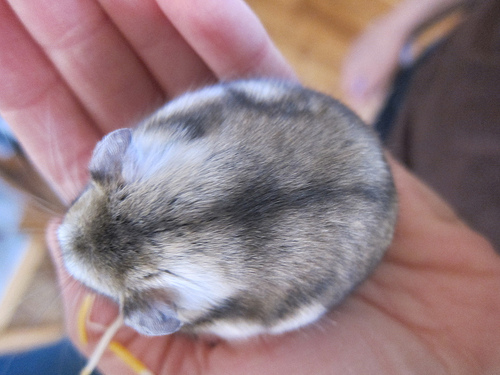
I worked from her car on the way there (with 4G on my phone giving me internet) but paused to gawk at golden gate park and try to take pictures as we drove through. The pond was especially pretty. A guy was just bending over to sail his model sailboat. It was like some idyllic scene out of Stuart Little.
I felt so happy to be in the moving car in the warm sun, seeing trees and water and flowers and birds.

Got a hot chocolate from the VA canteen which had ramps to the outside picnic benches that overlook Land’s End with a great view of the golden gate (the opening of strait, not the bridge) and Marin headlands. There is a wheelchair accessible table right next to the Battle of the Bulge Memorial Trail. There was good wifi with 4G reception and it is a quiet, good place to work. I felt a little funny going through the VA on my scooter getting the “special smiles”. No – I was not blown up in combat. I did have a pretty great race with a guy in the parking lot who had a super huge scooter engine. He kicked my ass. It wasn’t as big of a scooter as the one I had in London though.
Showed the marine traffic site to hazelbroom when she was finished with her physical and came out to join me. She also loves cargo ships and we saw one come in in real life and on the screen.
Then she drove me past Sutro Baths. I wanted to believe that the lump we saw way down there was Sutro Sam the river otter who is eating all the goldfish in the pond. But now that I see the photo magnified on my screen sadly it is just a rock. I felt like it was the otter sleeping in the sun and was happy. Who needs reality. Anyway we knew he is there.

As if this weren’t enough she then drove us down Irving and got us bubble tea. I had ginger milk tea with ENORMOUS tapioca bubbles. The ginger was so strong it made tears come to my eyes and cleared out my sinuses. I will sweat ginger for days. Cannot remember all the things we talked about on the way home but it was lovely.
If anyone in SF feels like giving me a ride to pretty much anywhere on a nice day, I am very portable, and as long as I have wifi, power, or decent phone data reception I can work from wherever. I spend so many days working from bed (because of pain or mobility issues) that a quiet outing on a good day cheers me up amazingly. I miss the times when I used to be able to drive all around town, going to random places off the map and settling myself in a good cafe or in a parking lot overlooking the beach.
Now am going to put in a little more work (collecting email addys of people who report screen reader issues in bugzilla, to invite them to a bug day). Danny will come home soon from the EFF office and tell me all about his day and my sister is going to drop by.
The only way this could be nicer is if the kids were here. Ada’s birthday party is this weekend so that’s going to be great, and then Milo’s party is in a couple of weeks. I plan on making him a cake that will be a block from Minecraft – three 9 by 9 pans should get me a block shape, chocolate cake, and then green frosting on top and chocolate frosting on the sides. I think that gummy worms in the layers will be a good touch. If I can find the frosting spray paint in varied colors maybe I can pixelate the cake surface.
